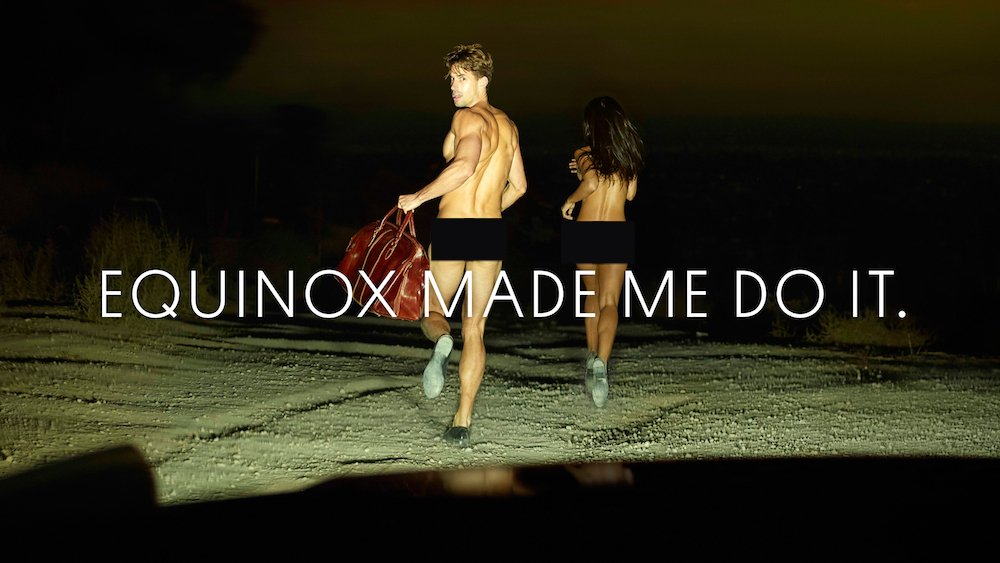Reading Time: About 3 minutes
Is the glass half full or half empty?
You’ve undoubtedly heard or used this expression many times. It is usually used to declare whether you are an optimist or a pessimist. While this metaphor has become trite, it is an important dimension of consumer behavior. Academics refer to it as regulatory focus, and understanding it can have a big impact on your sales and marketing strategies.
I’ll illustrate with an example. I have been working on a new client project that focuses on physical fitness. In a brainstorming session, a member of the team gave an impassioned argument about positioning this new brand around the buzz and excitement that people feel toward exercise. It was a pretty good case. But I had to ask the question: Does that mean you’re excluding the 50% of the market that exercises against their will? The 50% of the market that goes to the gym solely because they worry that if they don’t something bad will happen—like gaining weight, or getting heart disease, or feeling down because they didn’t do something that everyone tells them is essential?
This is regulatory focus in the real world.
Regulatory focus can be simplified into two mindsets: people who are promotion-focused and people who are prevention-focused. As described in a 2010 paper in the Journal of Consumer Research, “promotion-focused self-regulation is based on approaching matches to desired end states, and prevention-focused self-regulation is based on avoiding mismatches to desired end-states…” Promotion is the glass is half full mindset. People who are oriented this way have a tendency to look for ways to fulfill dreams and aspirations. It’s about growth and a point of view that seeks improvement. Prevention, on the other hand, is about preservation and avoiding adverse outcomes. Neither point of view is wrong or right, and most of us skew left or right of an equilibrium with these extremes as end points.
As marketers, we should care about regulatory focus because it has a big impact on how we position our offerings and how we translate those positions into messages and creative campaigns. Its impact is much broader than the simple example I offered. Prior research has demonstrated that people who are promotion-focused tend to consider their purchase options in a global thought process, meaning that they are focused on the big picture. They prefer lots of options. They are prone to skimming over minute details and they narrow their choices down to those that fit with their ideal target experience. In contrast, prevention-focused consumers can feel overwhelmed by too many options, and they sweat the details. They are concerned about making a bad choice, and they scrutinize factors they might regret later on.
There is a large body of research that has explored many facets of the promotion/prevention dichotomy, and it spans domains from political science to information design. For example, regulatory focus affects the way people process hierarchical information like the dishes of a menu. Menus often organize offerings into various categories (appetizers, entrees, desserts, etc.). Some menus increase categorical complexity by breaking into day-parts (breakfast, lunch, dinner, etc.) or into food preferences (fish, meat, vegetarian, etc.). Several studies have demonstrated that promotion-focused consumers traverse complex menus with more of a top-down approach, gravitating toward macro categories that guide them to unexplored options, whereas prevention-focused consumers will tend to isolate specific dishes that are “safe” or “familiar.” These are broad generalizations, but if you owned a restaurant you might want to consider strategies to satisfy both mindsets. Make it easy for either to find their way.
On some occasions, brands can benefit by aligning themselves with a particular orientation. Equinox, the fitness chain, has repeatedly oriented its messaging toward promotion-focused individuals. Beginning with its provocative 2014 campaign “Equinox Made Me Do It,” the brand has positioned itself as a fit for people who take chances and push limits. The imagery used in the campaign purposefully profiles rebels, hedonists and daredevils. Campaigns such as this can alienate prevention-focused consumers. However, such tactics can be a very effective way to activate what Michael Porter called a focus strategy, wherein you compete by carving out a unique niche of the market that you can serve better than competitors. These focus strategies often work best when you are willing to define who you are not in business to serve.



